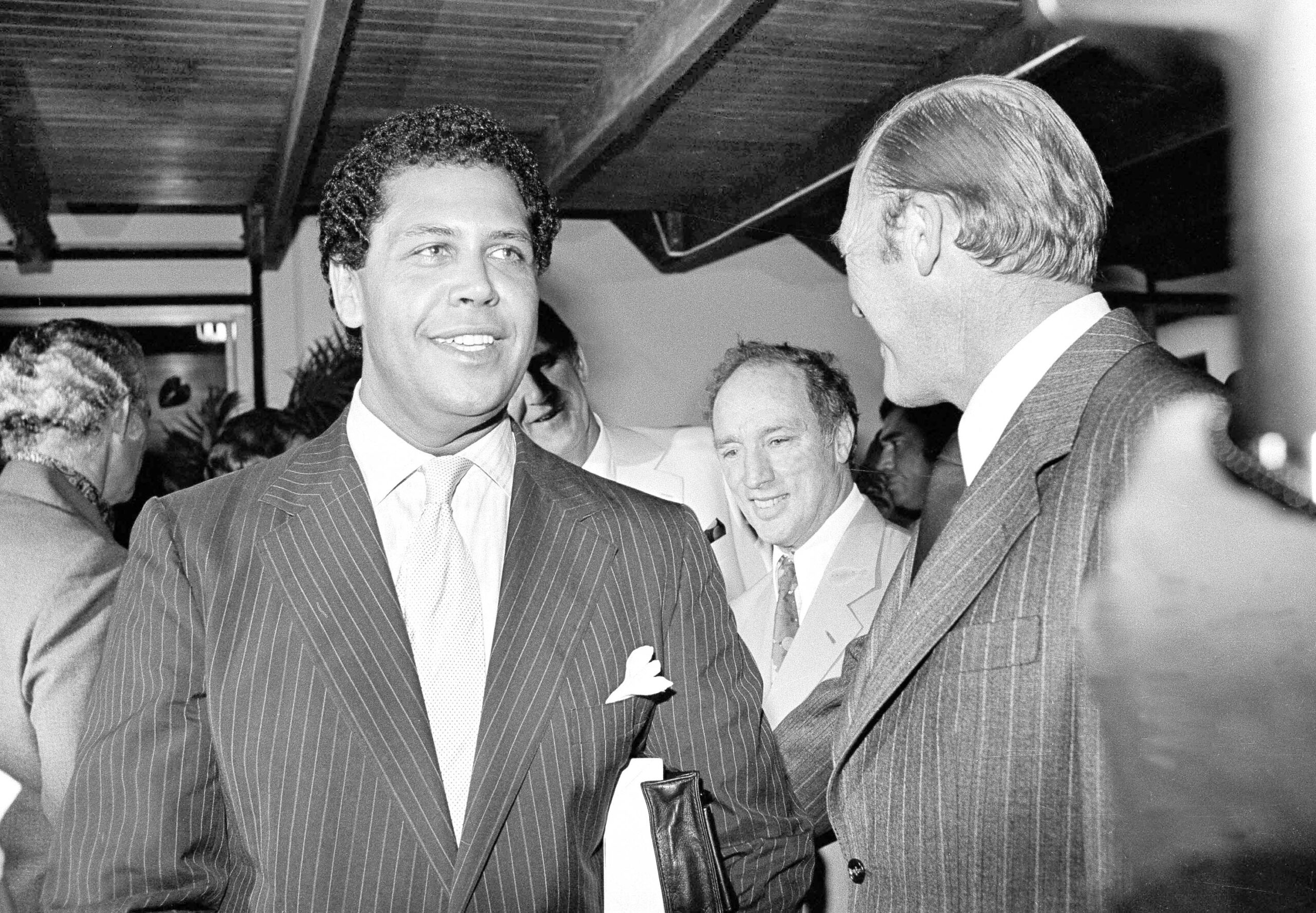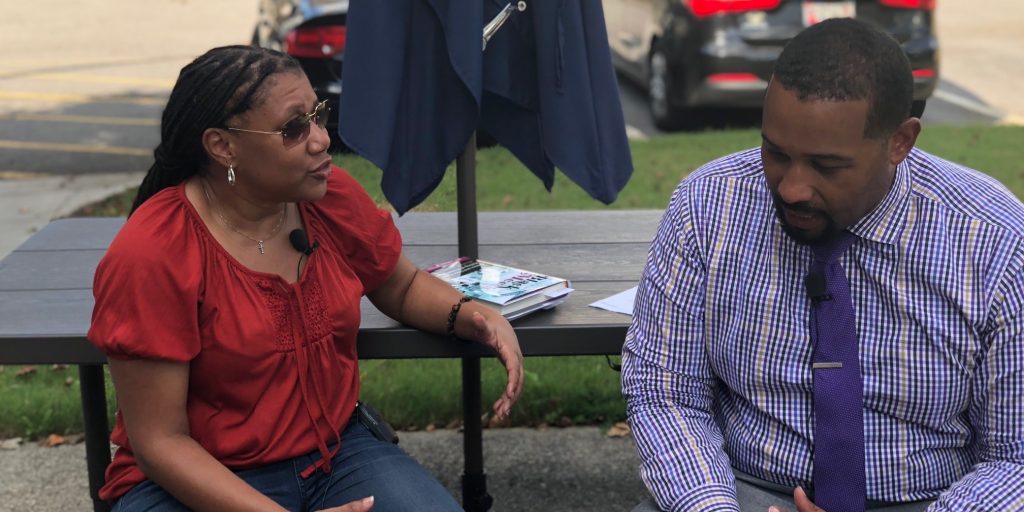The Economic Evolution of Atlanta’s Historic Black Neighborhoods

Atlanta, Ga., Mayor Maynard Jackson is pictured in December 1978. In 1972, Jackson was elected Mayor of Atlanta becoming the city’s first African American mayor and the first of a major southern city. His election was touted as a spark to bring equity and equality in areas such as business and within city government.
Associated Press
Dr. Maurice Hobson is an associate professor of African American Studies and Historian at Georgia State University.
In 2017 he published his book “The Legend of the Black Mecca: Politics and Class in the Making of Modern Atlanta” and joined “Closer Look” host Rose Scott in-studio to talk about his work.
As a follow-up to that conversation, Dr. Hobson recently joined Rose for another conversation — tracing the economic evolution of Atlanta’s historic black neighborhoods, which aired as a three-part series on Closer Look.

Part one begins with Dr. Hobson detailing the historical significance of Atlanta’s black city leadership beginning with the 1940s and 50s.
In part two of their conversation, Rose Scott and Dr. Hobson discuss the impact of national politics including the elections of John F. Kennedy and Ronald Reagan, the Civil Rights Movement and economic growth in the southern region, known as the Sun Belt boom, on Atlanta’s neighborhoods.
The final installment of the series begins with Dr. Hobson tracing the impact of the crack epidemic on certain Atlanta neighborhoods, the role of the 1996 Olympics in the modification of public housing and Atlanta’s current affordable housing crisis.








